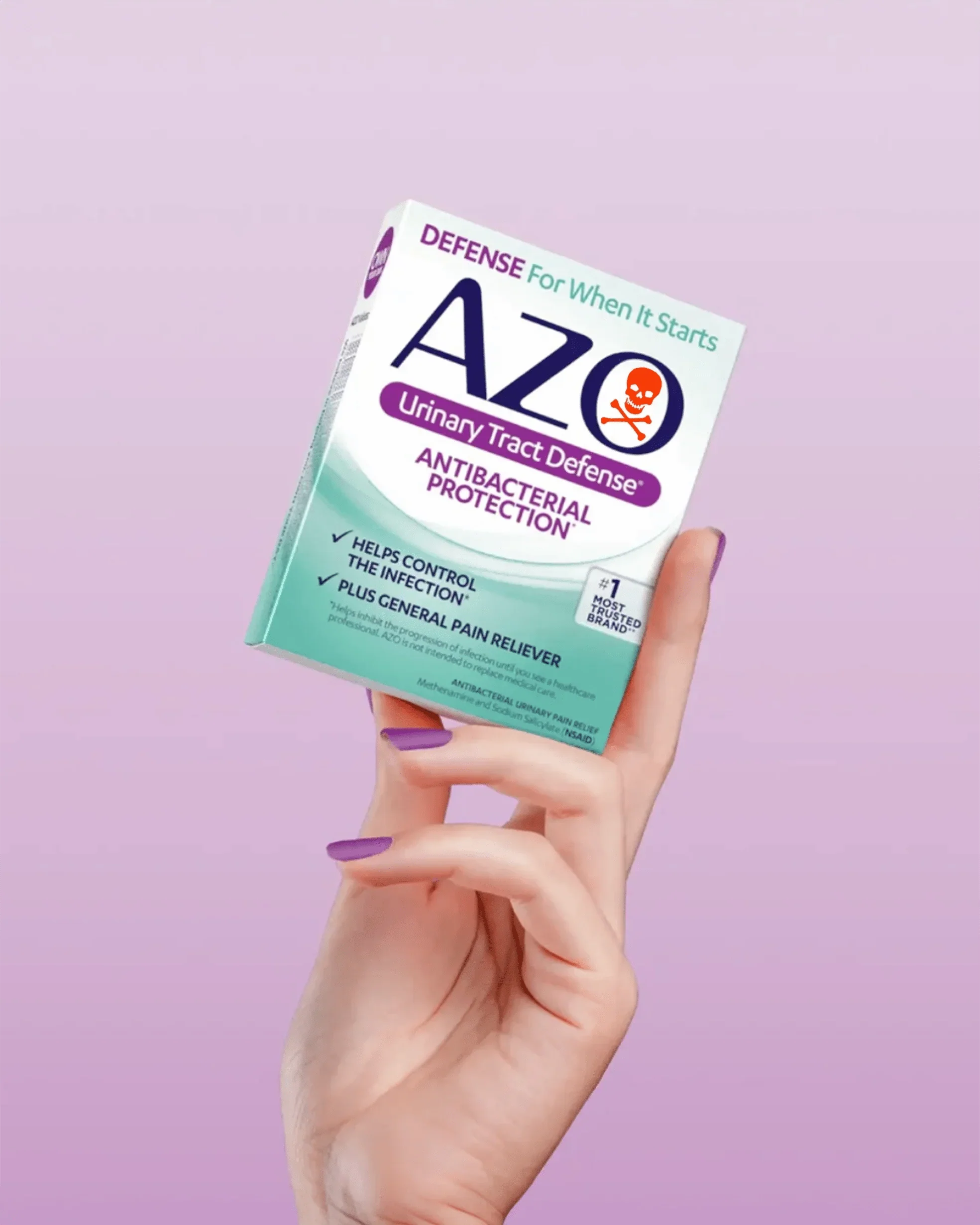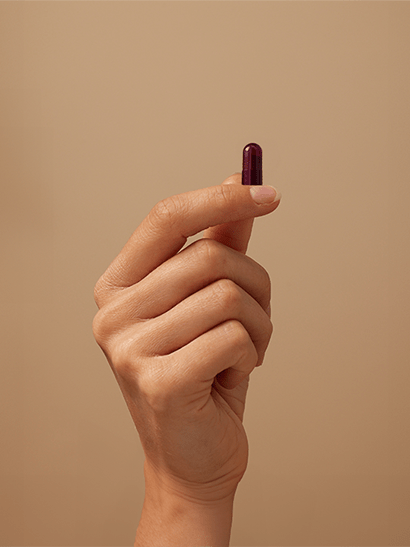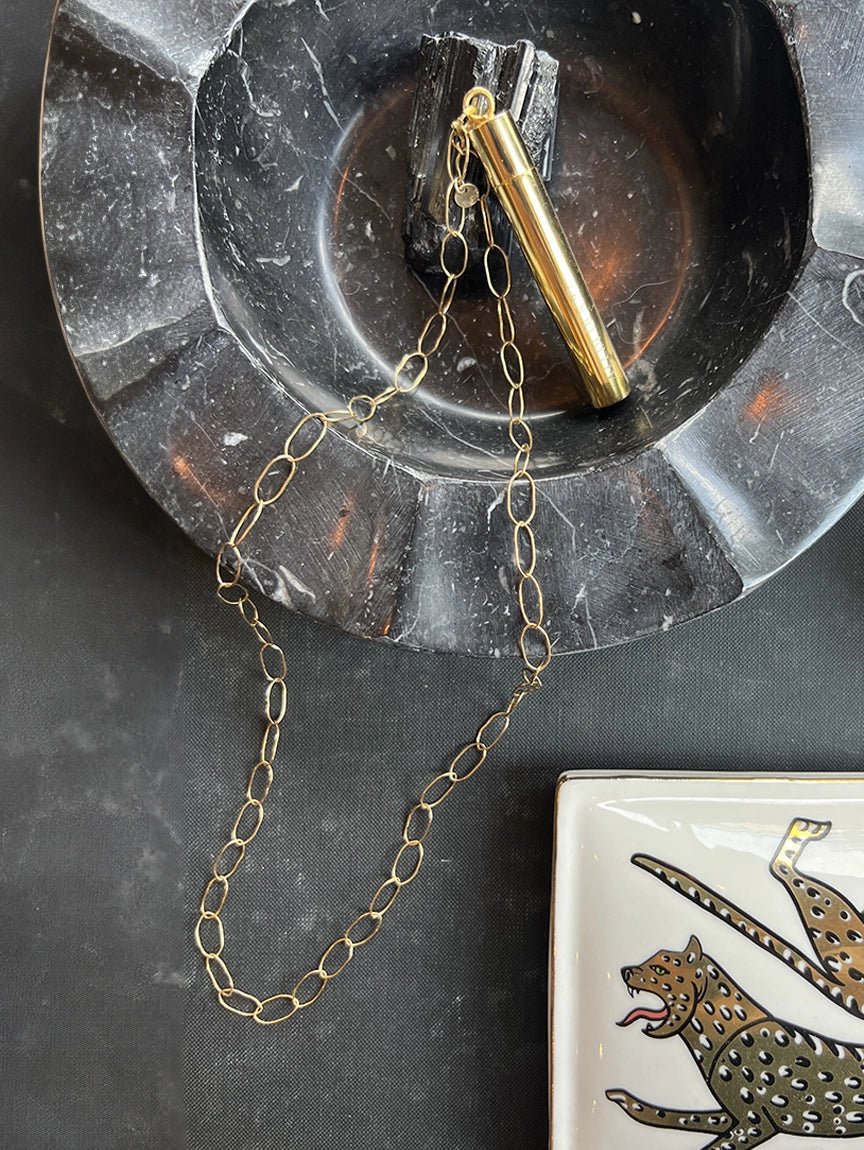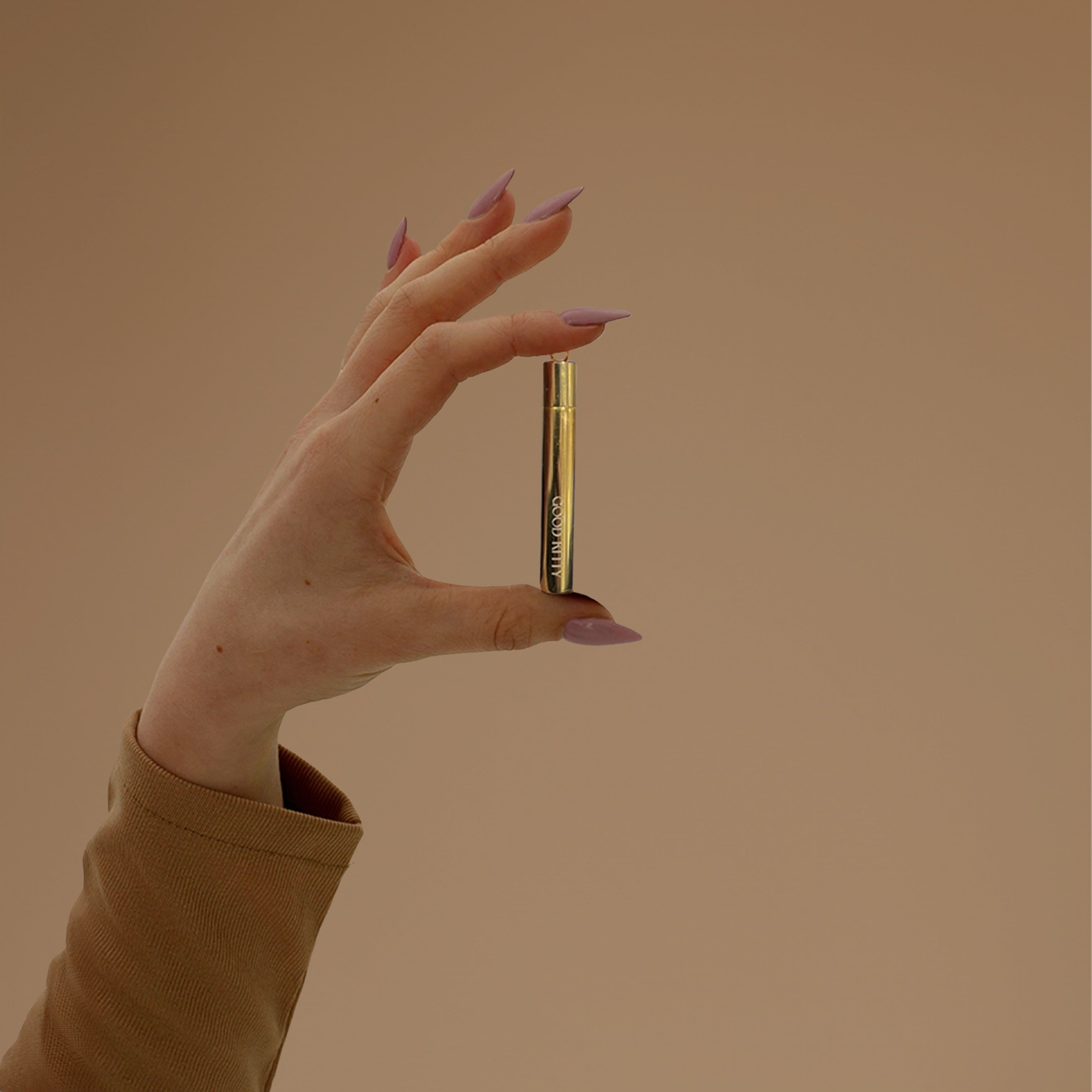Modern UTI Prevention: The Science Behind Breaking the Infection Cycle
Understanding the UTI Crisis
Urinary tract infections (UTIs) represent one of the most common bacterial infections worldwide, affecting millions of people annually. While traditional prevention has often relied on prophylactic antibiotics, the landscape is rapidly changing due to alarming rates of antibiotic resistance.
Recent research reveals a concerning reality: up to 70% of E. coli strains—the bacteria responsible for most UTIs—now show resistance to at least one of the drugs commonly used to treat them1. The World Health Organization has identified antimicrobial resistance as one of the top 10 global public health threats2. This resistance crisis has created an urgent need for effective non-antibiotic prevention strategies.
The Science of UTI Development
To understand prevention, it's essential to understand how UTIs develop:
- Bacterial colonization: Usually beginning with E. coli from the digestive tract
- Adhesion: Bacteria attach to the urinary tract lining using fingerlike projections called fimbriae
- Invasion: Once attached, bacteria can penetrate the protective cell lining
- Biofilm formation: Bacteria create protective shields to evade immune response
- Inflammation: The body's response causes the painful symptoms associated with UTIs
For people with recurrent UTIs, this cycle repeats frequently, causing significant impacts on quality of life and increasing the risk of antibiotic resistance.
Why Traditional Approaches Fall Short
The study featured in Clinical Infectious Diseases shows that long-term antibiotic prophylaxis for UTIs may have significant drawbacks3:
- Increased resistance: Patients on prophylaxis were twice as likely to develop resistance to their specific antibiotic
- Microbiome disruption: Antibiotics kill beneficial bacteria that help prevent infections
- Side effects: Including increased risk of C. difficile infection and other adverse events
- Limited efficacy: Some people continue experiencing UTIs despite prophylaxis
The UTI Biome Shield Approach: Multi-Mechanism Protection

Good Kitty's UTI Biome Shield represents a significant advancement in non-antibiotic prevention, addressing multiple aspects of UTI development simultaneously:
1. Preventing Bacterial Adhesion
The formula utilizes two powerful anti-adhesion compounds:
- 100% Bioavailable PACs: Proanthocyanidins from cranberry prevent E. coli from attaching to urinary tract cells4. Unlike standard cranberry supplements, UTI Biome Shield's proprietary PACphenol™ technology ensures complete bioavailability.
- D-mannose: This natural sugar binds directly to the fimbriae on E. coli bacteria, effectively "trapping" them so they can be flushed out during urination5.
2. Microbiome Optimization
UTI Biome Shield supports healthy bacterial balance in both:
- The gut microbiome, where UTI-causing bacteria often originate
- The urogenital microbiome, where beneficial bacteria help prevent pathogen colonization
3. Urothelial Integrity
The formula includes nutrients that support the repair and maintenance of the bladder's protective lining:
- Vitamin D3: Supports immune function and epithelial integrity6
- Zinc Picolinate: Highly bioavailable form of zinc that supports tissue repair and immune function7
4. Biofilm Disruption
For those with recurring infections, breaking down bacterial biofilms is crucial. UTI Biome Shield contains compounds that help disrupt these protective bacterial shields.
5. Long-Term Pelvic Health
Beyond immediate protection, the formula supports overall urogenital health, addressing the foundations of recurrent UTI vulnerability.
Clinical Validation and Expert Insight
Developed in collaboration with San Francisco urogynecologist Dr. Sharon Knight, UTI Biome Shield has been clinically validated for its preventive efficacy.
"Up to 85% of UTIs in sexually active women are caused by E. coli8, and with rising antibiotic resistance, prevention is more important than ever," explains Dr. Blake. "Our formula offers a science-backed, non-antibiotic prevention that works with the body's natural defenses."
Flexible Prevention Strategies
UTI Biome Shield offers two effective approaches to prevention:
- Daily protection: One capsule daily for consistent protection
- Activity-based prevention: Two capsules before intimacy or other high-risk activities
This flexibility allows users to tailor prevention to their specific needs and risk factors.
Comprehensive UTI Prevention Plan
For optimal protection against UTIs, consider this comprehensive approach:
Essential Practices
- Stay well-hydrated throughout the day9
- Urinate immediately after sexual activity10
- Practice proper hygiene (wiping front to back)
- Don't delay urination when you feel the need
Supportive Measures
- Consider UTI Biome Shield as a non-antibiotic preventive
- Wear breathable, cotton underwear
- Avoid irritating products in the genital area
- Maintain a healthy gut microbiome through diet and probiotics
When to Seek Medical Care
Despite the best prevention, some UTIs still occur. Contact your healthcare provider if you experience:
- Burning during urination
- Increased urinary frequency or urgency
- Lower abdominal pain
- Cloudy or strong-smelling urine
- Fever or back pain (signs of kidney infection)
Breaking the Cycle of Recurring UTIs
For those trapped in the cycle of recurring UTIs, breaking free typically requires a multi-faceted approach:
- Identify triggers: Track patterns to identify your personal UTI triggers
- Address underlying factors: Work with healthcare providers to identify and treat structural or functional issues
- Implement comprehensive prevention: Combine lifestyle changes with effective preventives like UTI Biome Shield
- Restore microbiome balance: Support beneficial bacteria through diet and supplements
- Consider immune support: Address factors that may compromise immune function

The Future of UTI Prevention
As antibiotic resistance continues to rise, non-antibiotic approaches like UTI Biome Shield represent the future of UTI prevention. By addressing multiple aspects of UTI development simultaneously, these advanced formulations offer hope to those who have struggled with recurring infections.
For those interested in trying this innovative approach, Good Kitty's UTI Biome Shield launches officially on May 1, 2025, after nearly three years of development and clinical validation.
Always consult with your healthcare provider before starting any new supplement or prevention strategy, especially if you have ongoing medical conditions or are taking other medications.
→ How to prevent UTIs without antibiotics
→ UTI Prevention vs UTI Treatment
References
This article is for informational purposes only and does not constitute medical advice. Always seek the advice of your physician or qualified healthcare provider with any questions regarding a medical condition.
-
Kang CI, Kim J, et al. "Antimicrobial resistance of bacterial pathogens causing urinary tract infections in Korea: a multicenter study." International Journal of Antimicrobial Agents. 2023;61(2):106696. ↩
-
World Health Organization. "Antimicrobial resistance." WHO Fact Sheets, 2023. Available at: https://www.who.int/news-room/fact-sheets/detail/antimicrobial-resistance ↩
-
Daneman N, Chateau D, et al. "Benefits and Harms of Antibiotic Prophylaxis for Urinary Tract Infection in Older Adults." Clinical Infectious Diseases. 2023;76(1)
. ↩ -
Howell AB, Botto H, et al. "Dosage effect on uropathogenic Escherichia coli anti-adhesion activity in urine following consumption of cranberry powder standardized for proanthocyanidin content: a multicentric randomized double blind study." BMC Infectious Diseases. 2022;10:94. ↩
-
Kranjčec B, Papeš D, Altarac S. "D-mannose powder for prophylaxis of recurrent urinary tract infections in women: a randomized clinical trial." World Journal of Urology. 2022;32(1):79-84. ↩
-
Hertting O, Holm Å, et al. "Vitamin D induction of the human antimicrobial peptide cathelicidin in the urinary bladder." PLoS One. 2021;5(12)
. ↩ -
Gammoh NZ, Rink L. "Zinc in Infection and Inflammation." Nutrients. 2023;9(6):624. ↩
-
Flores-Mireles AL, Walker JN, et al. "Urinary tract infections: epidemiology, mechanisms of infection and treatment options." Nature Reviews Microbiology. 2022;13(5):269-284. ↩
-
Hooton TM, Vecchio M, et al. "Effect of Increased Daily Water Intake in Premenopausal Women With Recurrent Urinary Tract Infections: A Randomized Clinical Trial." JAMA Internal Medicine. 2018;178(11):1509-1515. ↩
-
Amiri FN, Rooshan MH, et al. "Hygiene practices and sexual activity associated with urinary tract infection in pregnant women." Eastern Mediterranean Health Journal. 2019;15(1):104-110. ↩
Last updated: April 2025 | Medically reviewed by: Sarah Johnson, MD, PhD
Read more

Why It Happens & How to Prevent It Naturally Discover why sex triggers UTIs in women, the 5-step infection process, and 7 natural prevention strategies including Good Kitty UTI Biome Shield's m...

Why Your Cranberry Pills Are Failing You Here's the shocking truth about cranberry supplements that Big Pharma doesn't want you to know. The PACs Problem: 99% of Supplements Are Useless You're taki...








